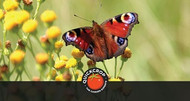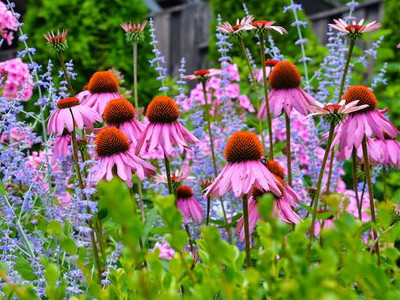How to Create your own Butterfly Garden
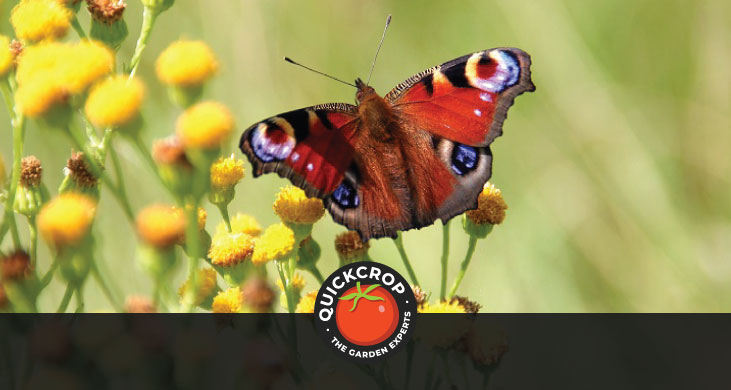
Butterflies are one of the most charismatic of all garden visitors, with their vividly coloured wings and elegant flight arcs. Species like Red Admiral, Peacock and Small Tortoiseshell are commonly found in Irish and UK gardens. These beneficial pollinators can migrate and travel surprisingly long distances.
Unfortunately butterfly populations continue to decline as a result of habitat loss, pesticide usage, invasive non-native planting, biodiversity loss and well, just general human destructiveness. The more butterflies you can see in your garden, the more likely that you have a healthy garden ecosystem in place. What can we do to make our gardens more welcoming to these beneficial and beautiful species?
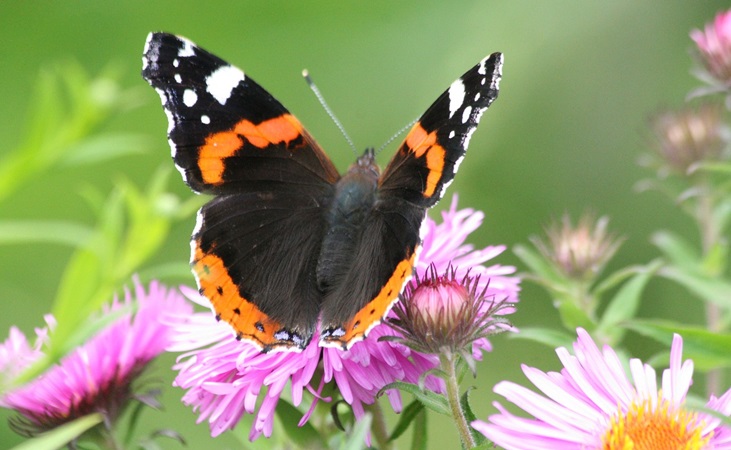
Butterfly Gardening
Colourful pollinator-friendly areas in parks or town centres (often the work of voluntary tidy towns organisations or community groups) have done a lot to raise awareness about the importance of bees and butterflies to our collective ecosystem. You may also have seen some form of signage, explaining where weeds are being allowed to grow freely to feed the bees.
However, even a small garden space can provide habitat and haven for butterflies, and thus we can all play our role. A well managed domestic garden in Ireland can be home to up to 20 different butterfly species (National Biodiversity Data Centre).
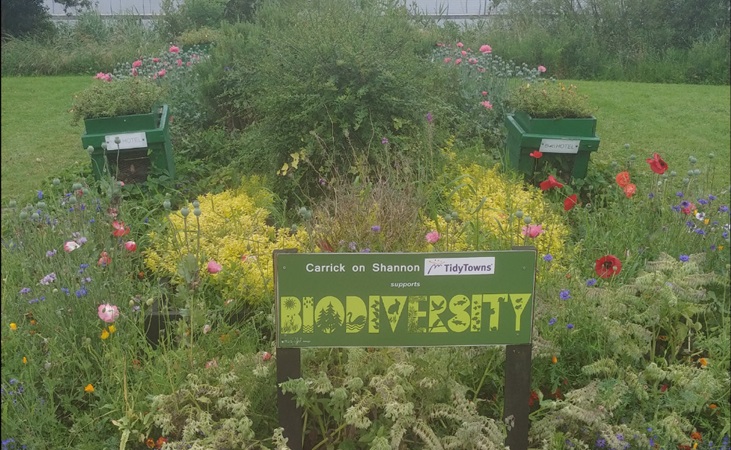
Wildflowers
Preserving natural wildflower habitats is one of the most important things we can do for butterflies. Resist the temptation to mow your lawn, especially during the months April-July. This is the kind of thing that might require a shift of mentality, as it’s become an ingrained habit for people to reach for their lawnmower as soon as the sun comes out. But leaving grass to grow allows native wildflowers to establish themselves, which in turn provide nectar and pollen or serve as host plants for larvae.
Once you let your lawn grow naturally and observe the changes, you should get a sense of which wildflowers grow locally. From there you can research and plant complementary varieties, or set up dedicated wildflower areas in your garden.
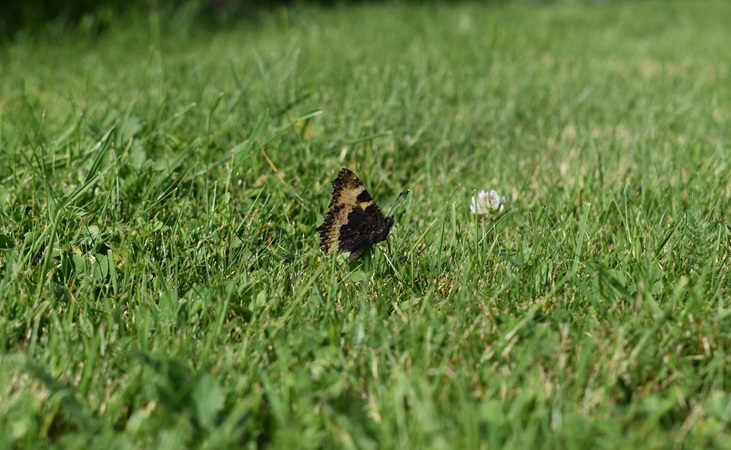
Wildflower seed mixes are available, some of which are specially designed for butterflies and bees. One thing to be mindful of with wildflower mixes is to be doubly sure that they consist of native species. Planting non-native wildflowers can do more harm than good: they can spread invasively and disrupt the local ecosystem of flora and fauna.
If planting a wildflower seed mix, make sure to do so in the confines of your own garden (or private meadow if you have one) and not amongst public hedgerows etc. In the latter case it is much better to let nature take its course: native wildflower species will always regrow when they’re allowed to do so.

Native Irish Grown Wildflowers - Cottage Garden
View ProductLarval Food Plants
These are plants that butterflies lay their eggs on so that the larvae can use them as a food source. When it comes to ‘host plants’, as they are also known, butterflies are very selective. In most cases, caterpillars will only feed on native plants. Specialised relationships build up over time, which is one of the reasons why it’s so important we preserve our native wildflower species.
Some examples:
Common Nettle This is a favoured host plant for butterfly species such as the Small Tortoiseshell and Peacock, and the sole larval plant for the Red Admiral butterfly.
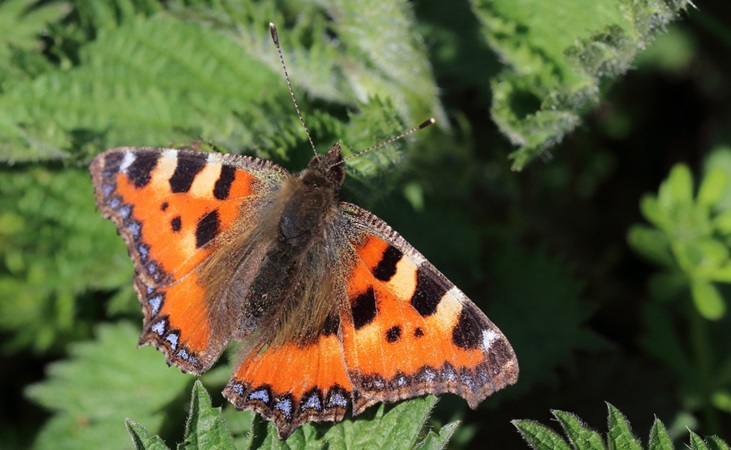
Birdsfoot Trefoil is a bright-yellow native Irish wildflower that flowers from June to September. It is a host plant for the caterpillars of the Common Blue Butterfly.
Sorrel Common sorrel or sheep’s sorrel act as a larval food plant for the Small Copper Butterfly.
Related Article: How To Grow Sorrel
Devil's-bit Scabious This perennial is the larval food plant for the declining Marsh Fritillary butterfly. It is commonly seen growing among grassland in western areas.
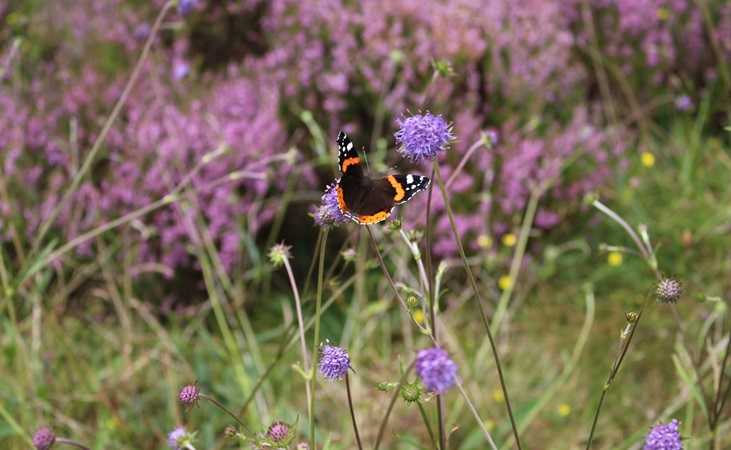
Clovers Both wild and cultivated clover plants serve as a host plant for the Clouded Yellow Butterfly, a migrating species which often visits Ireland and the UK from southern Europe or Africa.
Butterfly Garden Placement
The best place to set aside for a butterfly garden - or a butterfly-friendly section of your garden - is a sheltered position with full sun. Items such as logs, large rocks and so on will provide a space for them to bask. Basking is where butterflies perch and open up their wings to absorb energy from the sun; this increases their energy levels and warms their wing muscles so that they can take flight.

Native Irish Grown Wildflowers - Flowering Lawn
View ProductNative Species
Look up what butterfly species are native to your country or area. The Butterfly Conservation website provides an A-Z of UK butterflies, while in Ireland the National Biodiversity Data Centre offers freely downloadable booklets and info on our native species.
Butterfly-friendly Plants
Butterflies are attracted to plants that produce nectar, as this is their main energy source. They ‘imbibe’ this nectar using a thin tube-like appendage called a proboscis.
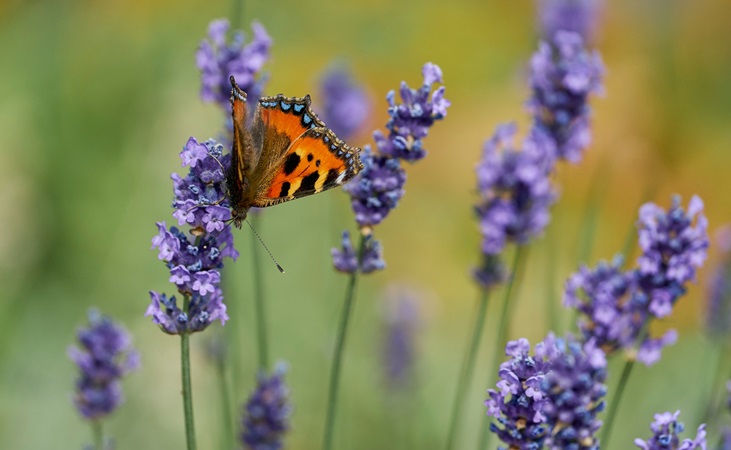
Lavender
With its vibrant purple flowerheads, lavender is a very popular nectar source for butterflies as well as other pollinators like bees. It grows well in containers or on balconies as well as along borders in the garden, and will add an enticing aroma to whichever space it’s in.
Chives
Suitable for small gardenies, balconies or container growing, chives are a great nectar source for butterflies such as the Common Blue or the Painted Lady (which visits Ireland in the summer). Chives are a perennial plant so will come back each year.
Rose Campion
The vivid magenta flowers of Rose Campion provide an excellent nectar source for bees and butterflies. This low-maintenance plant is a popular choice for cottage and wildlife-friendly gardens.

Lychnis Coronaria Gardeners World (Rose Campion) P9 & 1L Pots
View ProductIvy
Ivy blooms later in the year, from September to October. As such it is a vital source of nectar as butterflies prepare for overwintering or migration (and when most other nectar sources have gone to seed). Dense ivy thickets also provide a space for butterflies to roost or shelter.
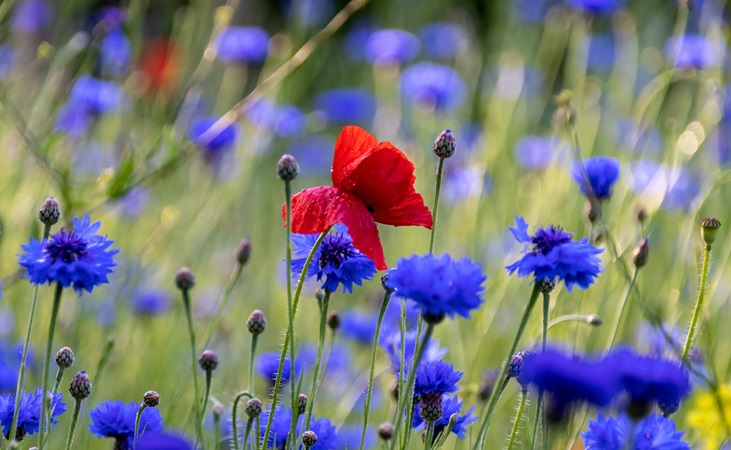
Cornflower
A native Irish flower (and considered ‘naturalised’ in the UK),cornflower is well-renowned for its appeal to pollinators and is often included in wildflower seed packs. Once the vivid blue flowers have bloomed, it will keep going into the later months of the year.
Honourable Mentions: Brambles, Purple Coneflower, Asters, Daisies, French Marigolds.

Cornflower 'Blue Ball'
View ProductButterfly-Friendly Garden Tips
- Leaving unkempt areas in your garden or outdoors will provide shelter for certain overwintering butterfly species.
- Leave a ‘puddling bowl’ or a puddling station out: this should be a shallow bowl, about 2-3 inches deep. Soil or sand is placed in the container and then moistened with some water. It’s especially beneficial for butterflies in very dry, drought-like conditions, as it replicates the mineral-rich muddy soil areas they avail of in nature.
- Avoid the use of chemical pest control, which can be harmful to butterflies and other pollinators.
- We will inevitably need to weed at times, but try to let weeds grow in areas where they’re not interfering with your plants.
